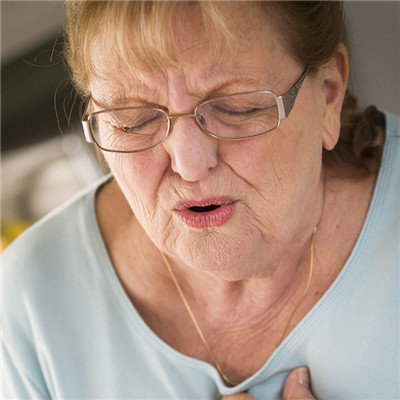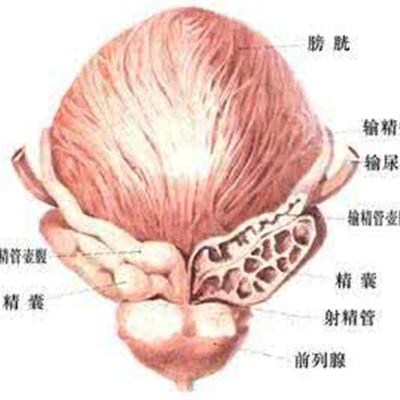How is ventricular flutter and ventricular fibrillation caused?
summary
Myocardial hypoxia, ischemia, electrolyte disorder, drug poisoning and physical and chemical factors caused by various organic heart diseases and other diseases can lead to ventricular flutter and ventricular fibrillation. It is often a kind of arrhythmia before death in these patients. However, it can also be seen in patients with less serious heart disease, or no obvious heart disease, or even no evidence of organic heart disease, sudden ventricular flutter or ventricular fibrillation leading to cardiac arrest. The common causes are as follows
How is ventricular flutter and ventricular fibrillation caused?
Coronary heart disease, especially in acute myocardial infarction, unstable angina pectoris, ventricular aneurysm, reperfusion after thrombolytic therapy of acute myocardial infarction. Acute myocardial infarction complicated with ventricular fibrillation, before ventricular fibrillation without hypotension, shock or heart failure can be called primary ventricular fibrillation; if before ventricular fibrillation had hypotension, shock or heart failure is called secondary ventricular fibrillation. The incidence of primary and secondary ventricular fibrillation was 2.7% and 2.8% respectively. 71% of the patients with primary ventricular fibrillation occurred in 24h after acute myocardial infarction, the highest incidence rate within first hours after onset, and decreased rapidly within the next few hours. No primary ventricular fibrillation occurred 48 hours after infarction. 41% of secondary ventricular fibrillation occurred 2 weeks after myocardial infarction. Primary ventricular fibrillation usually occurs in anterior myocardial infarction. When acute myocardial infarction complicated with bradycardia, conduction block or re myocardial infarction, it will increase the incidence of ventricular fibrillation. The survival rate of primary ventricular fibrillation in acute myocardial infarction was 57%, and that of secondary ventricular fibrillation was only 18%.

From other arrhythmias to ventricular fibrillation (1) complete or high atrioventricular block( 2) Long Q-T syndrome with torsade de pointe: Brugada syndrome( 3) Normal Q-T interval polymorphous ventricular tachycardia and very short syndromic interval polymorphous ventricular tachycardia( 4) It is also seen in pathological paroxysmal persistent ventricular tachycardia( 5) In preexcitation syndrome complicated with atrial fibrillation: if the refractory period of the bypass is less than 270 ms, the rapid atrial activation can be transmitted through the bypass 1 ∶ 1, leading to ventricular fibrillation( 6) Arrhythmogenic right ventricular dysplasia, ventricular tachycardia, etc.

Other heart diseases (1) cardiomyopathy: including dilated cardiomyopathy, hypertrophic cardiomyopathy, their incidence of ventricular tachycardia is very high. The cases of sudden death in persistent ventricular tachycardia group were 56% and 19% respectively; 5.4% in non sustained ventricular tachycardia group, all occurred in dilated cardiomyopathy. Ventricular fibrillation accounted for 66% of sudden death patients confirmed by ECG examination( 2) Valvular disease: such as aortic stenosis and insufficiency with angina pectoris or cardiac insufficiency( 3) Myocarditis, acute pulmonary embolism, some mitral valve prolapse syndrome, aortic aneurysm rupture, cardiac tamponade, cardiac rupture. 4) Other kinds of severe heart disease or other diseases in patients with dying performance.

matters needing attention
Ventricular fibrillation often occurs during cardiopulmonary arrest induced by deep hypothermic cardiopulmonary bypass. Endotracheal intubation, cardiac trauma, right or left cardiac catheterization, failure of balloon mitral valve dilation catheter can also occur.















